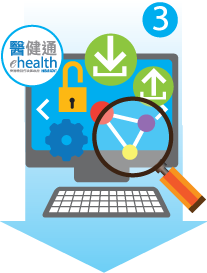|
With the passage of the eHRSS bill by the Legislative Council of Hong Kong in July 2015, the system will commence operation in the first quarter of 2016. The advantages of eHR sharing are plenty. It is a major step towards enhancing the continuity and efficiency of healthcare services provided by the public and private sectors, thereby helping HCPs improve service quality and reduce costs.
Before walking through the journey, it is important to note that eHRSS implementation is not simply about installing new software and hardware. Rather, it is more about changing the way a hospital/clinic operates, requiring some preparation.
|





